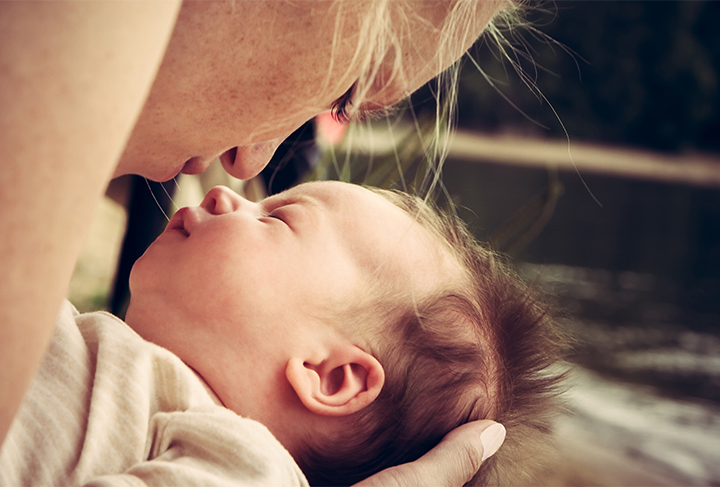
How to Treat Fevers in Babies
- Home
- Services
- Additional Information
- Newborn and Baby Care
- How to Treat Fevers in Babies
Fevers in babies over six months of age are handled a little differently than fevers in younger babies. By six months, your baby’s immune system is much more developed, making it easier to fight off common illnesses. Fever, which is defined as a body temperature of 100.4 degrees Fahrenheit or higher, is no longer a medical urgency in babies this age, as long as the infant is behaving more or less normally.
In addition, by six months, babies should have received three full sets of vaccines. That gives them some protection against deadly diseases, including whooping cough, meningitis, and sepsis (blood infection).
The goal of treating a fever in your older baby is to make your baby more comfortable and relieve symptoms.
How to Reduce Fever in 6-Month-Old
You can treat the fever with either acetaminophen or ibuprofen. The right dose depends on your baby’s weight, so it is important to ask your doctor at the six-month well-child visit how much medication is appropriate. As always, medication should be measured with the syringe that came with the medication to ensure the correct dose and delivery method. For babies who cannot take oral medication for whatever reason (e.g., vomiting or they just refuse), you can use an acetaminophen suppository.
If a fever begins suddenly, it’s appropriate to give your baby a fever reducer and then call the doctor’s office to see what action to take next. It may take up to sixty minutes to see the full effect of the fever reducer. Doctors do not need to actually see the fever, so there’s no need to wait until you get to the office to treat it. If the fever reducer brings down the temperature and your baby is behaving like normal, then a trip to the urgent care or emergency room is not necessary.
It is important to remember that treating a fever does not cure whatever virus or bacterial caused it in the first place. A doctor may still want to see your baby to determine if an antibiotic or other treatment is necessary.
